UNIT 6: TECHNOLOGY
UNIT 5: ELECTRICITY AND MAGNETISM
INDEX
1.Magnetic and non-magnetic objects.
2.Magnetism
2.1:
Magnets and type of magnets
2.2:
Poles
2.3:
Magnetic field
2.4:
The
Earth
is
a magnet
2.5:
How
does
a compass work?
3.
Electromagnets
3.1:
Magnets around us
--------------------------------------------------Let's get started-------------------------------------
Earth's Magnetic field:
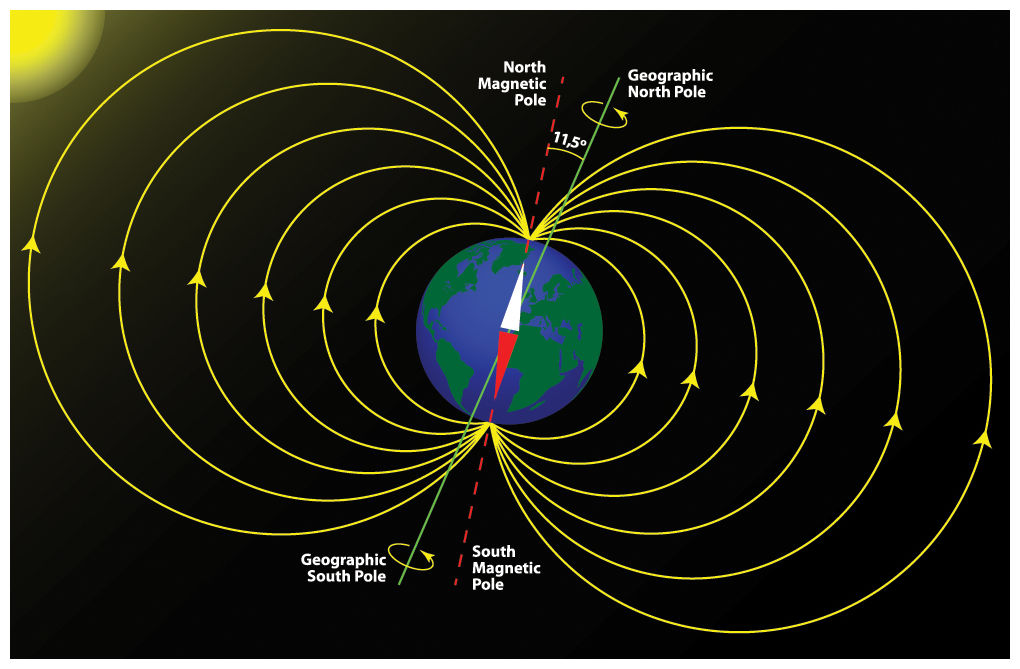
Compass:
Electromagnets:
UNIT 4: MATTER
INDEX
1. Mixtures
1.1: Separating mixtures.
a) Magnetic separation.
b) Decantation
c) Filtration
d) Evaporation
e) Distillation
2. Matter changes
2.1: Chemical changes
a) Combustion
b)Oxidation
c) Fermentation
2.2: Physical changes
1. MIXTURES
Substances can be separated into pure substances or mixtures.
Mixtures can be separated into ...
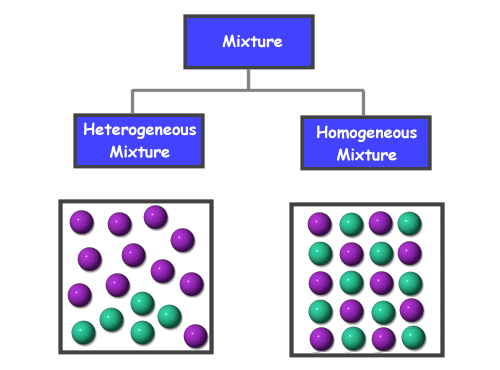
Are these mixtures homogeneus or heterogeneus?
- Can you see the different substances?
- Is it easy or difficult to separate the different substances?
Mixtures can be separated into ...

Are these mixtures homogeneus or heterogeneus?
- Can you see the different substances?
- Is it easy or difficult to separate the different substances?






1.1: Separating mixtures.
2. MATTER CHANGES

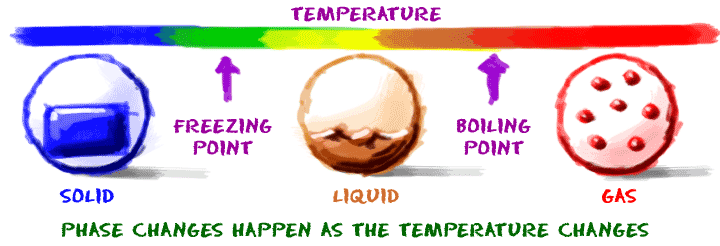

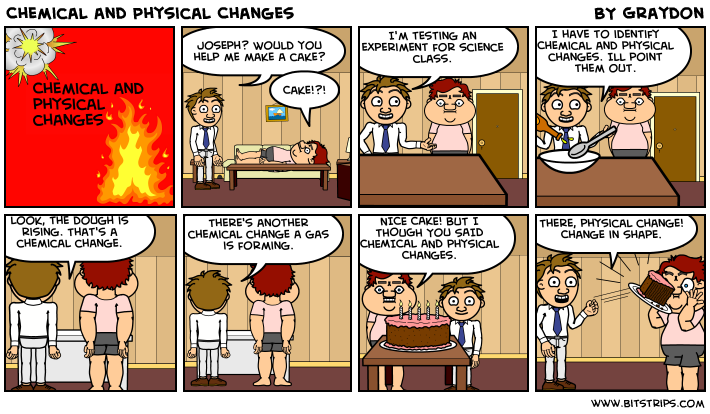

1.1: Chemical changes or chemical reactions.
a) Combustion or burning
b) Oxidation
c) Fermentation
What types or chemical changes are the following?

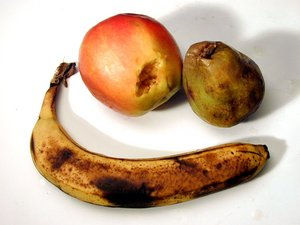




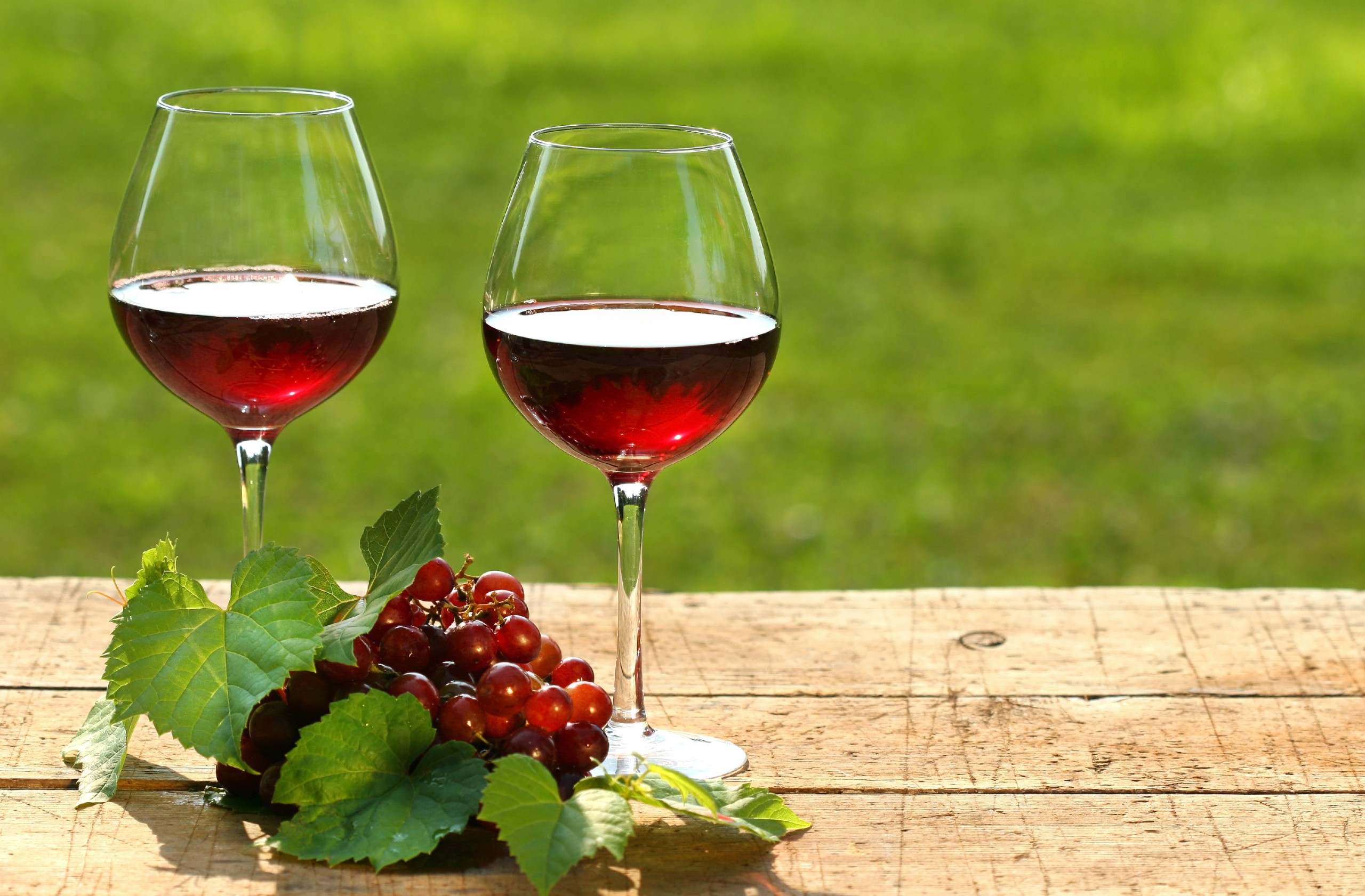

UNIT 3: REPRODUCTION
1) Sexual characteristics
Primary sexual characteristics: present at birth. They are the physical differences between male and women reproductive organs. Ex: vagina, penis, ovaries, testicles...
Secondary sexual characteristics: they develop during puberty. They are other physical differences between male and women. Ex: pubic hair, breast development...
2)THE FEMALE REPRODUCTIVE SYSTEM
2.1: The organs of female reproductive system


2.2: Puberty in girls.
When girls approach sexual maturity, their bodies undergo the following changes.
- Breast Development
- Body Hair: pubic area, armpit, arms, legs,...
- Hips are wider
- Menstruation
- Body growth
- Glands and scalp produce more oil. Acne may appear.
If you want more information, click on the next link: http://kidshealth.org/kid/grow/girls-puberty-center.html or watch this video:
2.3: The menstrual cycle
3) THE MALE REPRODUCTIVE SYSTEM
3.1: Sperm cells.
- They are sexual cells.
- They have an oval shape.
- A man produces millions of sperm a day.
- Only one sperm fertilise the ovum.
3.2: The male reproductive organs

Both systems, female and male, are in the GENITAL AREA of the body, at the end of the abdomen. Female one is inside the women's body and male system is outside of men's body.

3.3: Puberty in boys.
When boys approach sexual maturity, their bodies undergo the following changes.
- The testicles produce testosterone.
- The testicles enlarge and scrotum becomes larger and coarser.
- The penis grows longer and thicker and boys become fertile.
- Sperm mixes with seminal fluid to form semen. This liquid is ejaculated from the penis.
- Body Hair: pubic area, armpit, arms, legs, face, shoulders, back...
- Body growth
- Glands and scalp produce more oil. Acne may appear.
- Voice changes.
If you want more information, click on the next link:
or watch this video:
4. PREGNANCY AND BIRTH.
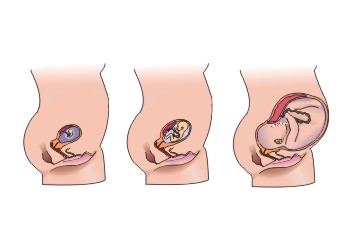
Zygote ---> Embryo ---> Foetus
Watch the process:
REVIEW:
Some IMPORTANT definitions. Copy them in your notebook if you didn't do it in the classroom.
- Fertilisation: This is when an ovum and a sperm join to make a new cell.
- Amniotic fluid: The embryo floats inside this.
- Sperm cells: These are the male reproductive cells.
- Urethra: This is a tube in the penis which sperm travel through.
- Fallopian tubes: These connect the ovaries to the uterus.
- Mammary glands: This is where humans produce milk.
- Vagina: This is a muscular tube which connects the uterus to the outside of the body.
Y a continuación, un resumen del tema en castellano por si quieres saber más o tienes que aclarar algunas dudas:
UNIT 1: INTERACTION
1) The Nervous System



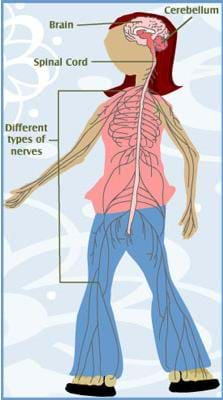
What are reflex actions? They are our body's response to particles entering our bodies or in response to other stimuli.
http://www.bbc.co.uk/schools/gcsebitesize/science/edexcel/responses_to_environment/thenervoussystemrev3.shtml



2) The senses

a) Sight
En este enlace tenéis un fragmento de Órbita Laika, un programa de la TVE,
que nos explica cómo funciona el ojo. It's super interesting!!
Don't miss it!
b) Hearing
c) Smell
d) Taste
e) Touch
3) How we move: thanks to our bones, muscles and joints.
Skeleton game: http://www.sheppardsoftware.com/health/anatomy/skeleton/Skeleton_game_1.htm

Listen to the rap and learn all the names of the bones!
And these are the joints. Joints are the place where two bones meet.

This medical video helps us to know from the inside how are the vertebrae column and the spinal cord:
UNIT 2: NUTRITION
Follow the link and get ready for the new unit:http://www.clarionweb.es/6_curso/c_medio/cm602/cm60201.htm
1) Digestive system and digestion
These videos show the digestive system from the inside.
Watch this animation. It's like the roller coaster in an amusement park! Take a ride!!!
The next video can be a little.... disguting! Yucky!!! :S
But it is interesting :)
And, a video in Spanish in case you need it.
In the next link you can study the steps that are part of the digestion. There is a game too!

In the next link you learn more about a healthy life style.
2) Circulatory System
The heart: I just made a new Voki. See it here:
And if you feel like singing... Sing along with this song!

3) Respiratory System
Are you ready to learn about the Respiratory System???
Follow the link to complete the quizz:
http://kidshealth.org/kid/quizzes/RSquiz.html
Review the parts of the respiratory system:

And watch the following video to make your ideas clear!

Watch the process in this video.
4) Excretory System

The heart: I just made a new Voki. See it here:
Do you know how does the heart work? Let's watch it!
The next video explains the functioning of the heart widely. It could be more difficult! Do you fancy that? :)
And if you feel like singing... Sing along with this song!
And also a video in Spanish just in case you need it!
There are two types of circulation. Blood flows around the body in a double circuit.
-During pulmonary circulation, blood flows from the heart to the lungs and back to the heart again.
- During systemic circulation, the blood flows from the heart to the rest of the body.

3) Respiratory System
Are you ready to learn about the Respiratory System???
Follow the link to complete the quizz:
http://kidshealth.org/kid/quizzes/RSquiz.html
Review the parts of the respiratory system:

And watch the following video to make your ideas clear!
Finally, let's differenciate the INHALATION and EXHALATION processess.

Watch the process in this video.
4) Excretory System




teacher what is the hip of the skeleton photo?
ResponderEliminarMarcos: the hip is a joint. It's where the femur meets the pelvis. Does it answer your question? I hope so! :)
ResponderEliminaryes,thanks
ResponderEliminarYou are welcome!
ResponderEliminarI wach the two videos about digestion
ResponderEliminarteacher i play the game you put and the two videos
ResponderEliminari dont put my name
ResponderEliminarim salome
Great, girls! Keep up the good work! :)
ResponderEliminarCristina i dont see the homework
ResponderEliminaredwin
Hi Edwin! How are going your holidays? We hope they are going well!
EliminarWe just finished Unit 2 of Natural Science and Social Science.
Study English and enjoy your trip!
:)
Hello teacher i'm drawing the male reproductive organs!
ResponderEliminarOliwia
Hola profe que bueno esta el blog
ResponderEliminarMarta y Yuliana:)
Cristina,no he podido sacar la substancia química pero hay una manera que yo conozco es muy fácil ver como una parte esta más oscura que la otra.Mañana me podría llevar una vasito de leche y otro de vinagre para una pequeña demostración.
ResponderEliminarMarcos
Of course! Por supuesto! Thank you, Marcos! :)
EliminarBuena idea Marcos... Profe, no entiendo el ejercicio 3 me lo podrías explicar por favor.
ResponderEliminarHola profe soy meri tengo una duda: en los deberes de naturales, hay que dibujar los 3 dibujos??
ResponderEliminarHey Meri! I think the three pictures are useful, don't you think so? Do what you want. Thanks for your message!
Eliminarplease teacher, you can put games about the unit 5 of Natural Science
ResponderEliminarYuliana
It's difficult to find games of everything! I could not find any. If you are lucky and you find some, copy the link here and I will publish them. Thanks for your comment!
Eliminar